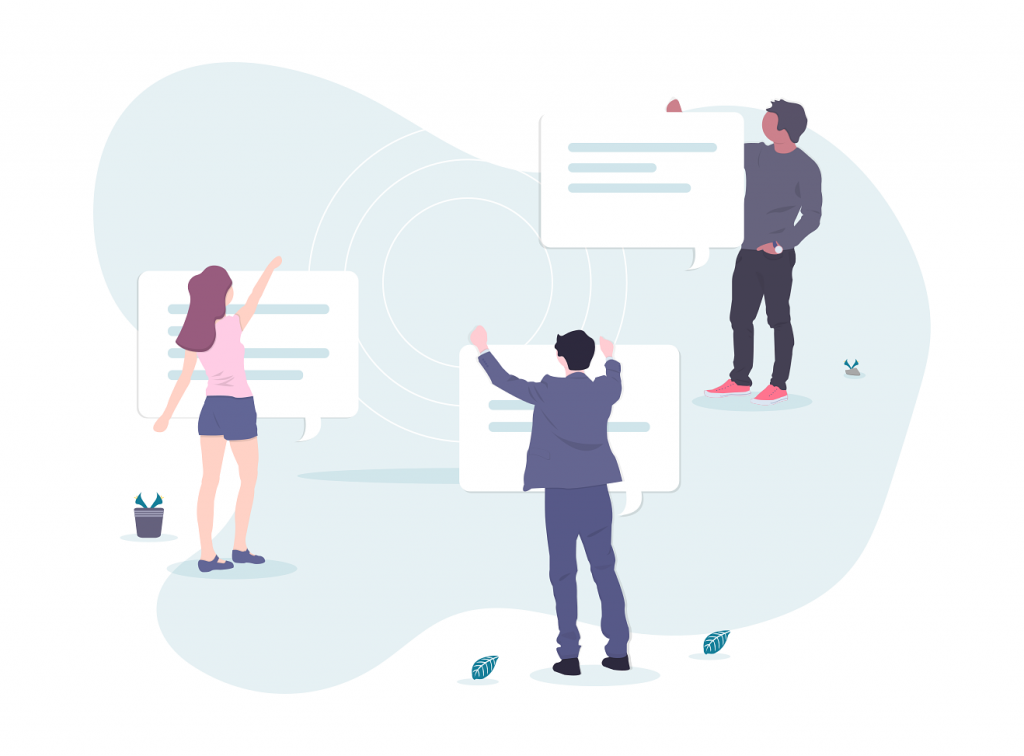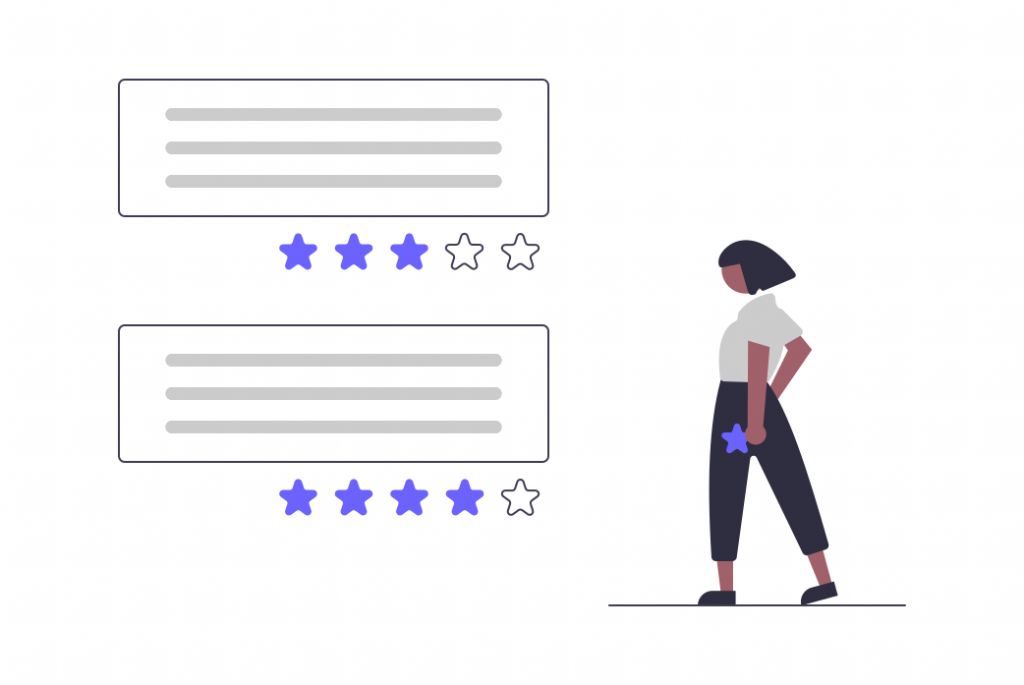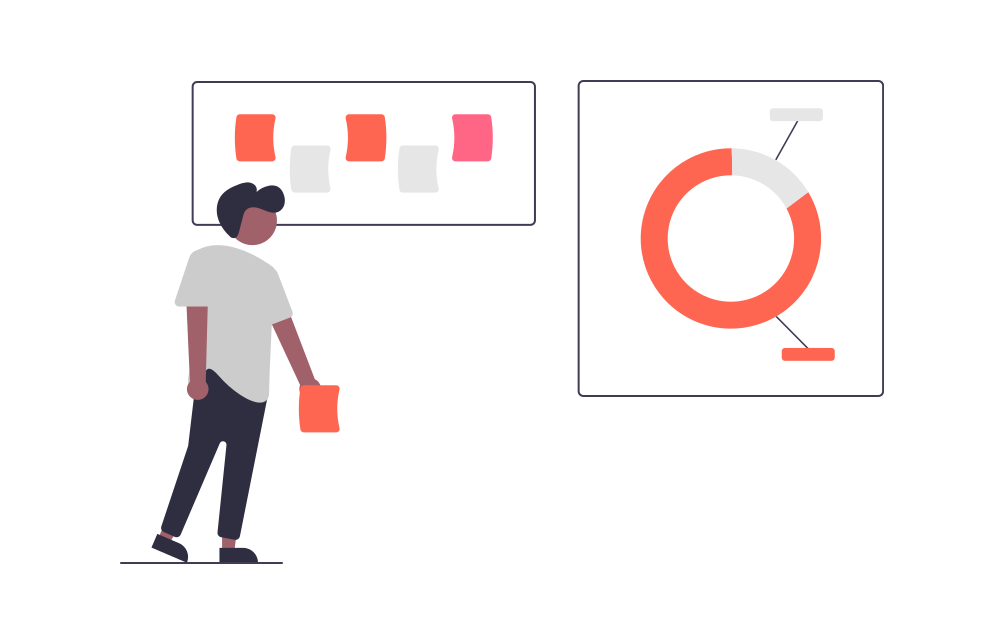
20 Oct 5 ways to deliver the best Customer Experience
Today, customers can communicate with organizations in more manners than possible, across various platforms digitally, and have a global outreach. A customer may see an organization’s advertisement, visit their site, peruse their items, check customer surveys, and go on their way—all without addressing a company member. While innovation and digitalization have improved our lives, they’ve additionally made the cutting edge customer experience a lot noisier. Incalculable customer connections occur nonstop, and many fly underneath the radar.
In this time of digital connectivity, brands can draw in their customers in more ways than any other time, yet they’re neglecting to address their issues.

So, What is customer experience?
The expression “customer experience” gets tossed around a great deal nowadays. Yet, what does it truly mean? If you read definitions on the web, you’ll locate various meanings. Sometimes, client experience is the recognition clients have of a brand dependent on their cooperation.
Customer experience impacts brand recognition, yet it’s not just about how clients feel. And keeping in mind that work quality and client experience assume a significant function in customer loyalty, they’re not all that matters.

Where does customer experience start and end?
Each department in an organization impacts customers’ feel if they understand it. Promoting and sales shape the pre-deal experience, imparting value, and setting client desires for some other time. When a lead turns into a customer, the implement is passed to the product, client care, and operations. They must convey on that brand guarantee and deal with any issue that comes in the way.
While organizations focus on the post-deal insight, pre-deal is equally significant. It establishes the pace for everything else. If a customer expects incredible assistance and innovative items yet the organization neglects to convey, they’ll rapidly lament their choice to purchase. Then again, if that client gets precisely what they expected, they’re unmistakably bound to be cheerful and locked in.

McKinsey found that consistency is the way to the cheerful customer. All around, organizations that convey consistent encounters all through the customer venture see higher customer satisfaction rates and expanded income. So how would you arrive there?
5 stages to an incredible customer experience
Each brand might be unique, however, customers by and large need and anticipate very similar things. Here are five stages you can take today to improve client involvement:
1. Characterize your customer experience.
The easiest way to avoid conflicting encounters is by setting some norms and standards early. Ponder your organization’s qualities and differentiating factors. What makes you unique? Why would individuals like to purchase from you in any case? At that point, consider your present customer experience. Is it accurate to say that you are sending a similar message from the pre-deal onward? At the point when you have a strong feeling of who you state you are and who clients think you are, it’s a lot simpler to pursue them.

2. Look at your customers’ ever-evolving needs.
Do you think about your clients as static creatures who all need very similar things? Or on the other hand, do you honor their differences and expect to customize their experience, dependent on their extraordinary needs? Organizations succeed when they listen to the client and iterate based on their criticism. By occasionally checking in with your customers, you additionally give them a gesture that you esteem and value their business.
3. Recognize your greatest customer’s trouble.
When you have a more clear feeling of your customers’ needs and how well you’re meeting them, you can focus on regions that are affecting their experience. If you haven’t as of now, make a customer journey map to plot the significant ways customer take, focus around the key touchpoints. Where are you failing to meet expectations? What can you effectively improve? Look at the customer input you get. Which issues show up the most?
Do You Know What Your Customers Are Thinking?

4. Prioritize improvement in customer experience.
After you’ve pinpointed your trouble touchpoints, focus on the glaring issues. Talk with your client-chat groups. Which issues come up on numerous occasions? Where do they see space for guaranteed improvement?. If one trouble spot is affecting your most important clients, it should be your topmost priority to get rid of it.
5. Make progressive, measurable changes.
Plan steadily and make important changes that you can measure after some time. For example, if you need to improve your customer knowledge base, self-service content is more accessible, then be sure to measure bounce rates and case deflection rates before and after you institute that change. This data can influence customer experience improvements you make down the line.

As customers, you have unlimited alternatives. If an organization isn’t addressing your requirements, it’s pretty simple to find another option. At times everything necessary is a Google search.
For organizations, that implies there’s more open door than any other time to pick up and lose clients quickly. It’s not about cost or product either. Customers are looking for better encounters—for organizations that comprehend their necessities, make their lives simpler, and deal with them like genuine people. At the point when organizations focus on customer experience and satisfaction, they’re already ahead of their rivals.

